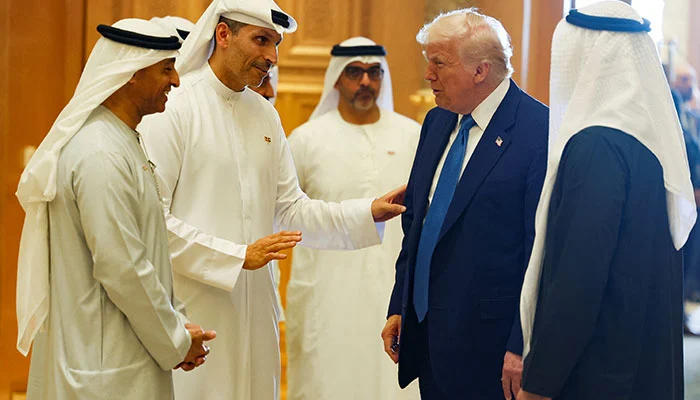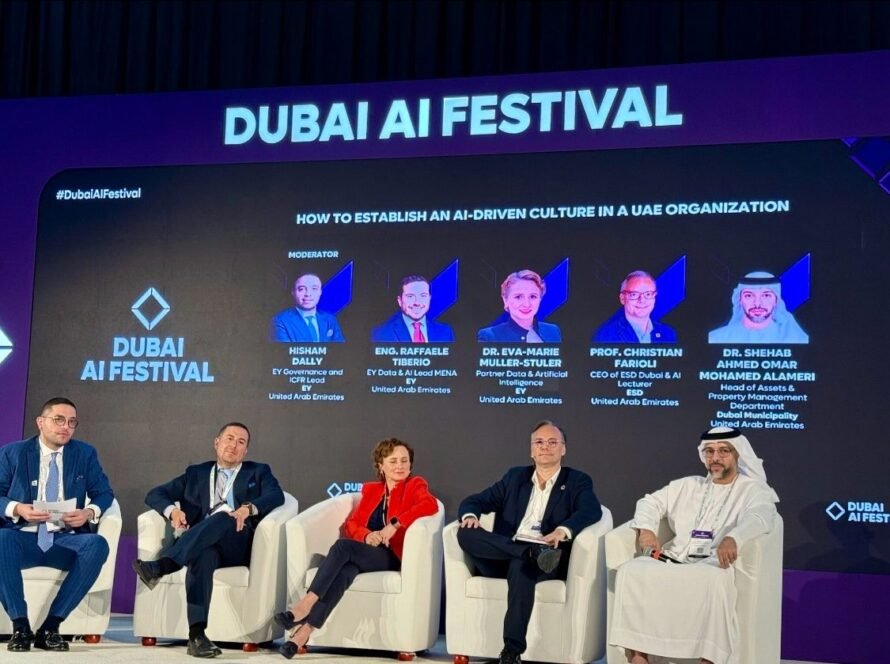
Introduction: A Strategic Return to the Region
Former U.S. President Donald Trump’s recent tour of the Middle East has reignited global interest in Gulf-U.S. economic ties. With stops in the United Arab Emirates (UAE), Saudi Arabia, and Qatar, the high-profile visit centered around investment dialogues, infrastructure deals, and economic cooperation. Amid shifting geopolitical dynamics and regional diversification efforts, Trump’s engagements put Gulf investments and U.S. partnerships back in the spotlight.
This article explores the key takeaways from the tour, highlighting how Trump’s meetings may shape the next phase of Gulf investments and economic diplomacy.
Explore more about Trump Crypto Deal
Gulf Investment Talks: Key Highlights
Trump’s meetings with business leaders and state officials focused on infrastructure, defense, technology, and energy cooperation. Several public and private sector investment discussions underscored the shared economic ambitions of both the Gulf nations and Trump’s network of private enterprise connections.
1. Infrastructure and Smart Cities
In the UAE, discussions focused on the expansion of smart cities and next-gen infrastructure. Talks included potential U.S. private equity backing for NEOM (Saudi Arabia’s futuristic city), as well as urban development projects in Abu Dhabi and Dubai. Trump reportedly expressed interest in positioning U.S.-based construction and technology firms to contribute to these projects under future trade frameworks.
2. Defense and Security Ventures
Given the region’s emphasis on defense and security, Trump’s meetings in Riyadh included proposals for defense manufacturing and joint research hubs. The focus was on aligning U.S. innovation with Gulf defense self-sufficiency strategies, a growing priority post-Afghanistan and amid Iran’s regional influence.
3. Energy Investment and Transition
In Qatar and the UAE, Trump explored opportunities tied to the energy transition, including renewable energy, hydrogen partnerships, and LNG projects. Gulf leaders signaled interest in U.S. clean energy tech firms, while Trump highlighted U.S. shale and LNG as strategic exports.
See more about Our Services
Geopolitical Backdrop: Realignment and Opportunity
Trump’s visit took place against the backdrop of several geopolitical shifts:
Warming ties between Gulf countries and China
Ongoing Israel-Arab normalization efforts
Instability in global energy markets due to the Ukraine conflict
Amid these changes, Trump used the tour to reassert the importance of strong Gulf-U.S. economic alignment. While not representing official U.S. policy, his influence among business circles and former diplomatic networks made his visit particularly impactful on investor sentiment.
Trump’s informal diplomacy reinforced mutual interest in de-risking supply chains, co-developing tech infrastructure, and leveraging Gulf sovereign wealth for strategic global investments.
Economic Impact and the Road Ahead
The tour re-opened doors for potential U.S.-Gulf business engagements, particularly through private sector channels. For Gulf nations, Trump’s messaging aligned with ongoing efforts to:
Diversify away from oil through Vision 2030 (Saudi Arabia) and Operation 300bn (UAE)
Expand global investment portfolios
Secure political and business ties with influential U.S. figures regardless of administration changes
Although no binding agreements were signed, the talks could pave the way for billions in new deals should Trump re-enter political office or continue leveraging his global brand for business diplomacy.
Conclusion: A New Chapter in Gulf-U.S. Investment Relations?
Trump’s Middle East tour was a reminder that economic diplomacy isn’t always government driven. Through his high-level engagements, investment-focused agenda, and influence on business elites, the tour hinted at a new phase of Gulf-U.S. investment collaboration—one that blends political legacy with private enterprise.
With Gulf economies racing toward diversification and global relevance, figures like Trump could serve as key intermediaries in shaping how U.S. capital and innovation participate in the region’s transformation.




